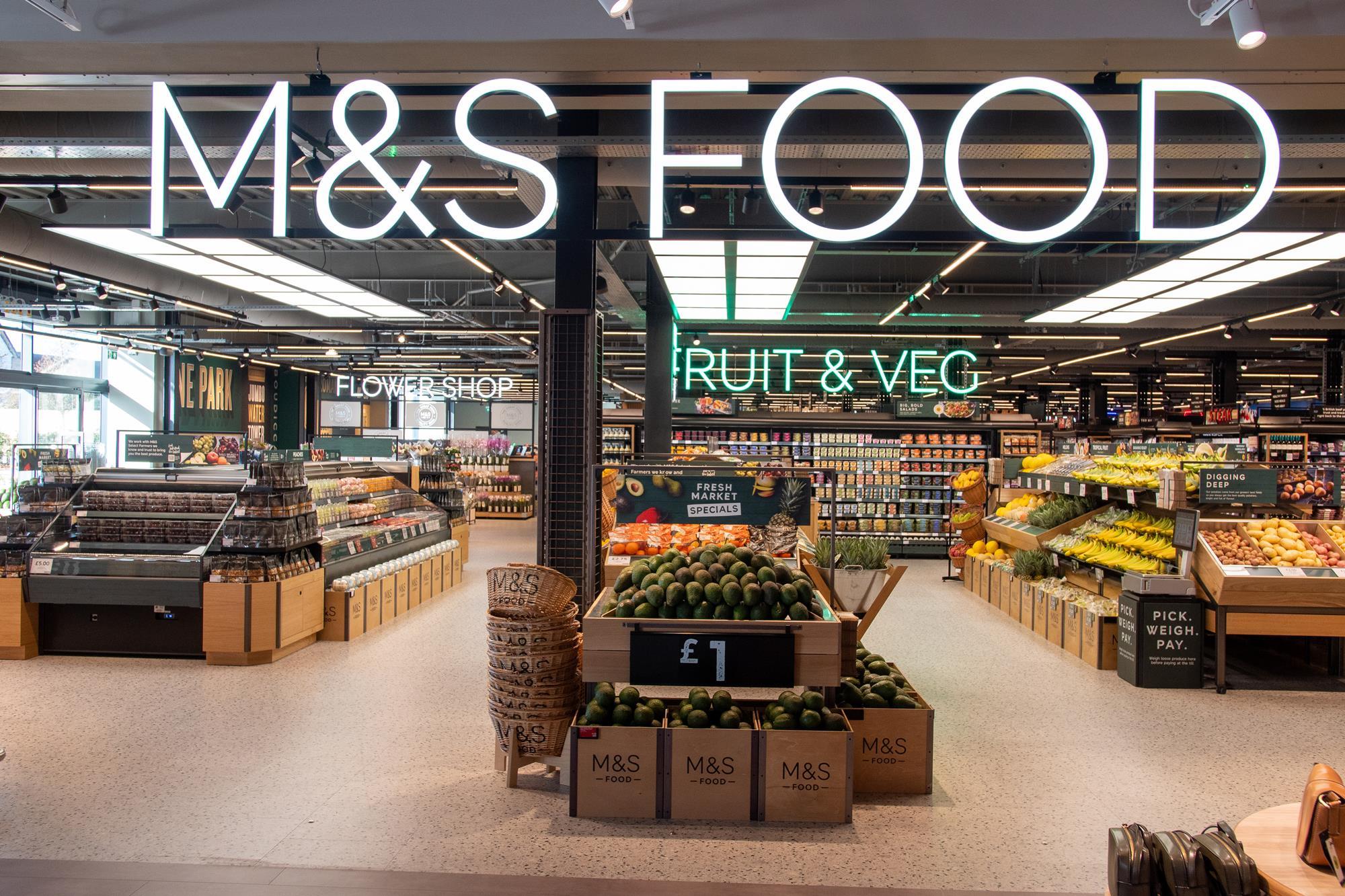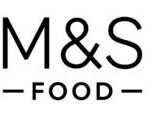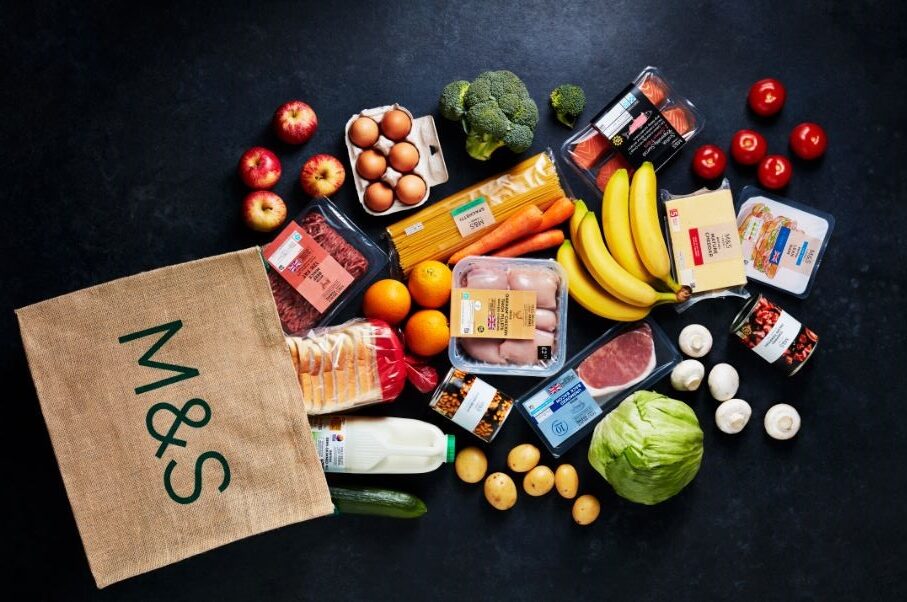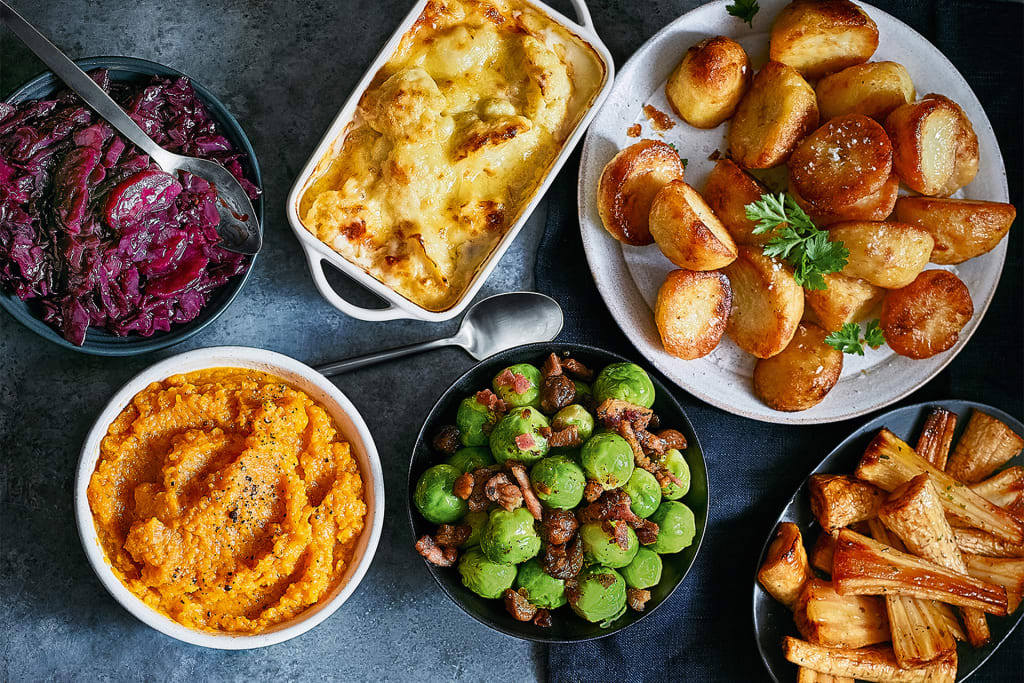Our food and drink experience
The sheer variety of food and drink items available today, coupled with the intricate nuances of international trade regulations, often complicates the classification process.
Variations in a product’s composition can shift a classification within a Heading or move it across Chapters. What makes things more complicated with grocery products is that the information used to determine classification is often not held in one location, but instead across multiple data sources with differing levels of accessibility.
When you have all the information to hand, further difficulty lies in the differences in interpretation of the tariff between regions. This can lead to the same product having a different tariff code based on the import region.
Further complications also can arise from the sheer amount of information that must be consulted to be fully compliant including a detailed ingredient list, nutritional values, product weight, country of origin and species.
This is why it is crucial that the team classifying your goods has a thorough understanding of the food regulatory environment, or you have access to classification experts like our TariffTel specialists, who can provide much needed advice and support.





